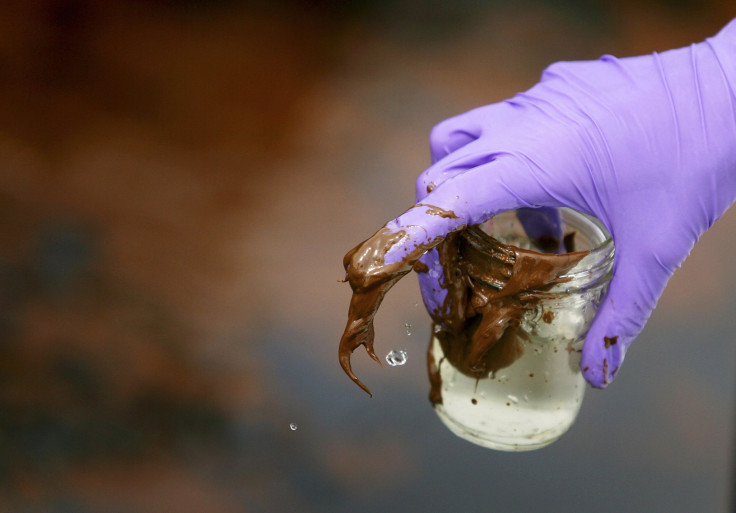BP Oil Spill: Deepwater Horizon Toxins Consumed By Ocean Bacteria

Since the BP (NYSE:BP) Deepwater Horizon offshore oil rig spilled 201 million gallons of oil into the Gulf of Mexico four years ago, BP has spent more than $14 billion cleaning up the mess. But the whole time, a few microscopic ocean residents have been playing their part, too. Florida State University researchers have found that a certain kind of bacteria has been consuming some of the chemicals released when the oil flowed out into the ocean for 87 days.
“Microcosm experiments established that Colwellia species were capable of degrading hydrocarbons originating from the oil spill,” their paper says.
They found that this specific species started to multiply in the deep-sea “plume” of hydrocarbons that the spill caused, which reached more than 3,000 feet below sea level. By studying its genome and other features, the scientists could tell that the bacteria consumed chemicals such as benzene, toluene, ethylbenzene and xylene.
“The ability to degrade ethane and propane, for example, provides clues as to why Colwellia appears to have increased in abundance when the concentration of these and other gases increased in June 2010.”
But this isn’t the only species getting rid of the oil.
Last year, the American Chemical Society published research that outlined how oil-eating bacteria are natural inhabitants of the Gulf, because there’s already a constant supply of their food.
There are more than 600 areas where oil comes out naturally, releasing 1.4 million barrels of oil every year. The lead scientist on the project, Terry Hazen, analyzed DNA, proteins and other parts of bacteria to help figure out what was living there.
“The bottom line from this research may be that the Gulf of Mexico is more resilient and better able to recover from oil spills than anyone thought,” he said in a press release. “The Gulf has a broad base of natural bacteria, and they respond to the presence of oil by multiplying quite rapidly.”
However, even with the sea’s natural ability to bounce back, the BP disaster created a unique problem.
In her research, Olivia Mason found that Colwellia were not consuming some of the most toxic chemicals, called polycyclic aromatic hydrocarbons (PAHs), that settled onto the seafloor after the spill.
“Those PAHs could persist for a long time, particularly if they are buried in the ocean floor where lack of oxygen would slow PAH degradation by microorganisms,” one of the researchers, Mason said to ScienceDaily.
“They’re going to persist in the environment and have deleterious effects on whatever is living in the sediment,” she added.
© Copyright IBTimes 2024. All rights reserved.





















